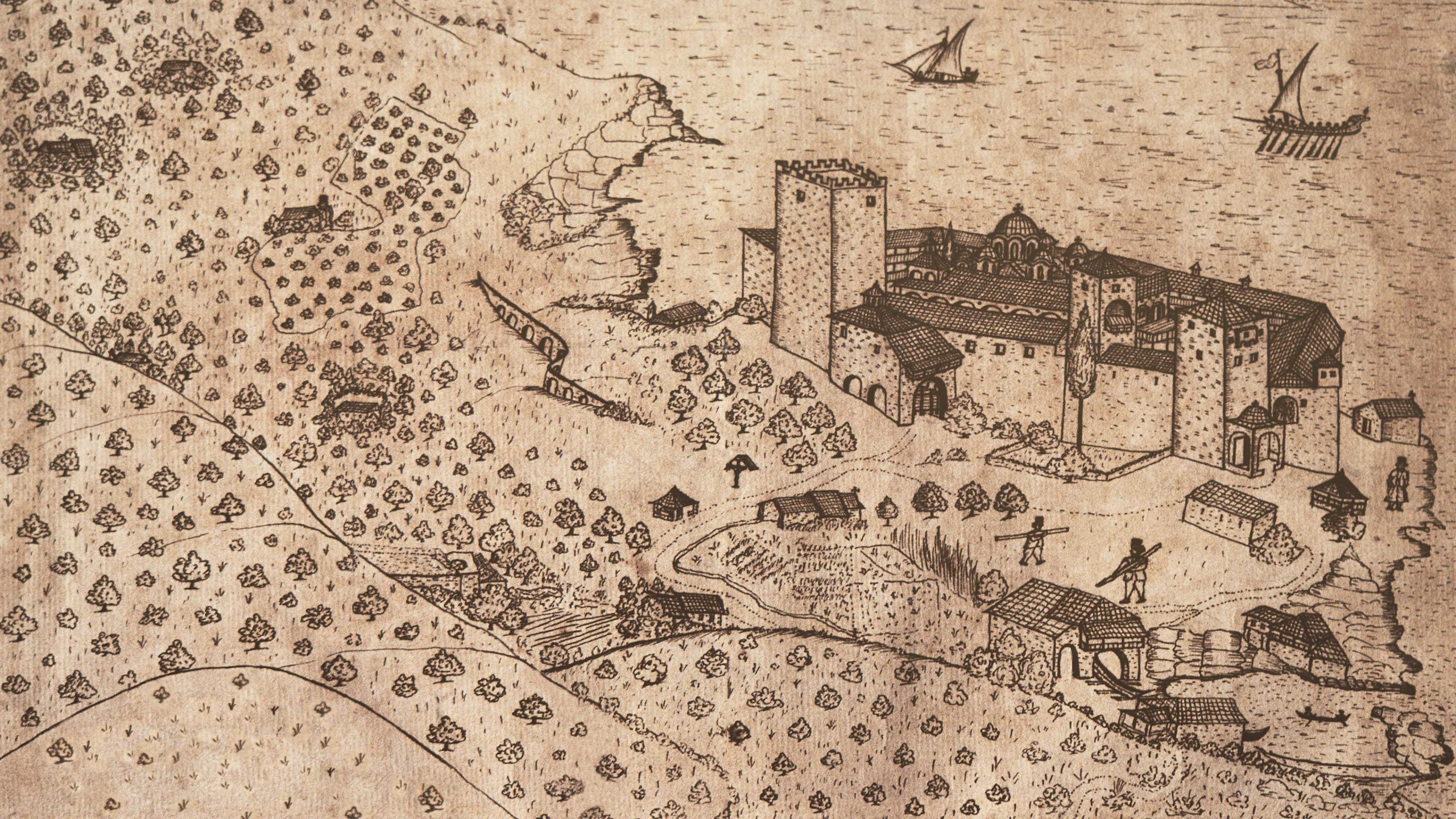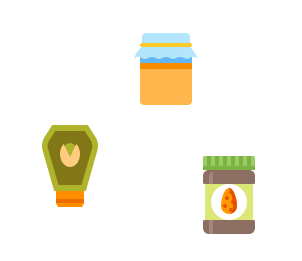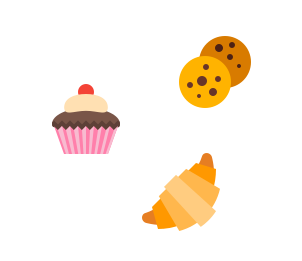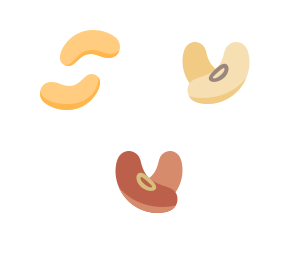“
Monastic life is above all, a life of repentance and return to God, a life of praise and thanksgiving for His infinite mercy.
This life is also reflected in a tangible way. The cathedral, the altar, the altarpieces, the frescoes, the chapels, the icons, the manuscripts, the cells, the cloister, the aqueduct, the arsana, the terraces, the olive grove, the vineyard, the stone tombs of the cemetery, the multitude of accessories and metochia, recall over the centuries a multitude of people, a communion in praise of the Triune God. Under the shelter of our Lady, the Protector and Patroness of the Virgin Mary, matter is sanctified and souls are transformed.
This life is also reflected in a tangible way. The cathedral, the altar, the altarpieces, the frescoes, the chapels, the icons, the manuscripts, the cells, the cloister, the aqueduct, the arsana, the terraces, the olive grove, the vineyard, the stone tombs of the cemetery, the multitude of accessories and metochia, recall over the centuries a multitude of people, a communion in praise of the Triune God. Under the shelter of our Lady, the Protector and Patroness of the Virgin Mary, matter is sanctified and souls are transformed.
’’

Navigate
Podcast
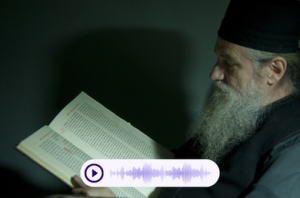
The thoughts of Father Epiphanios on fasting and Orthodox Tradition
Θαύματα Γερόντισσας
Calendar – Almanac
Note
According to the monastic diet, oil-free foods include all foods that do not contain oil.
Soy and snails are also included when cooked without oil.
Oil free recipes do not include molluscs and seafood, even when cooked without oil.
By removing the seasoning ingredients from some recipes, they remain in the desired category.
As far as the oil is concerned, it can be replaced with tahini and the recipe remains in the oil-free category.


